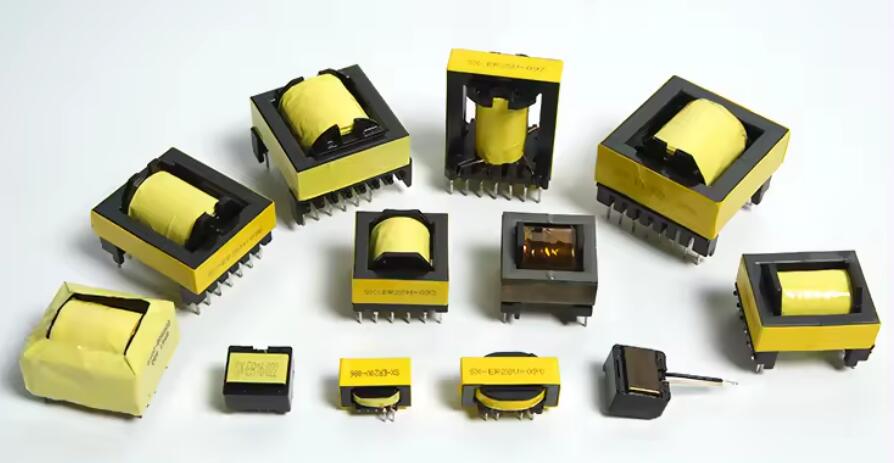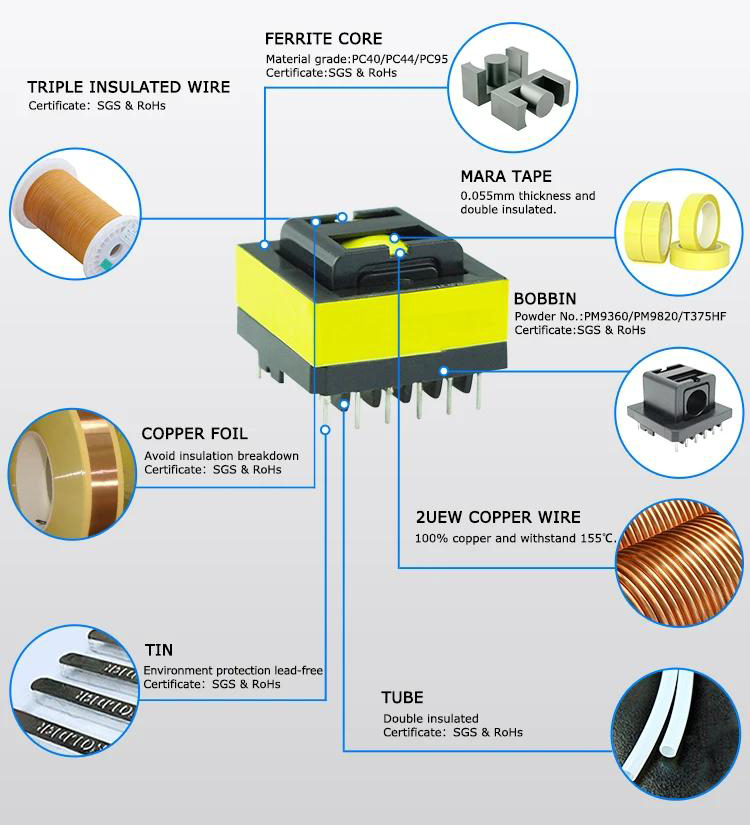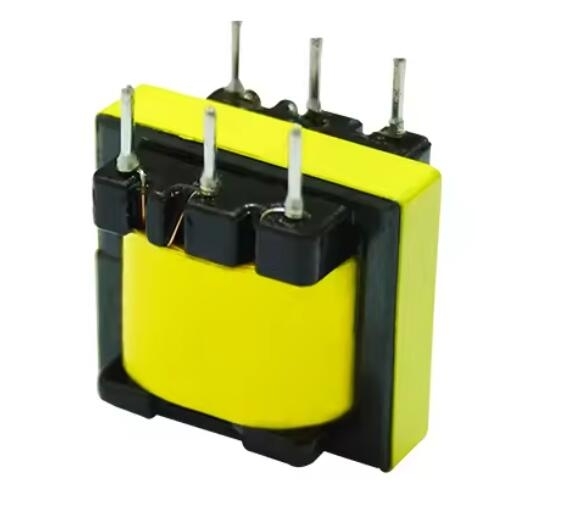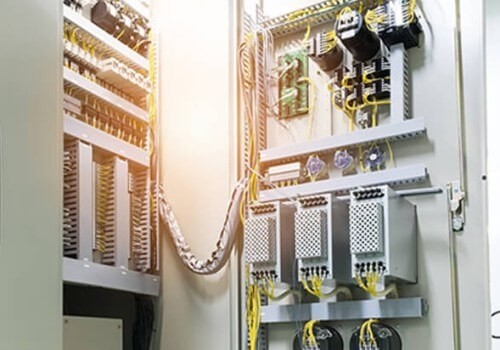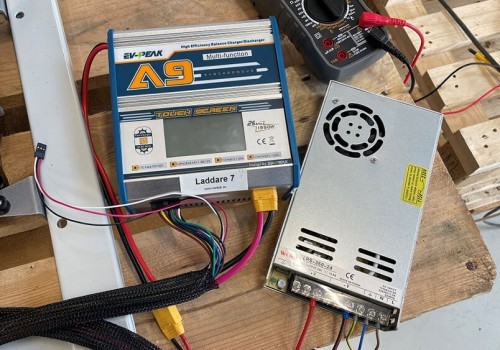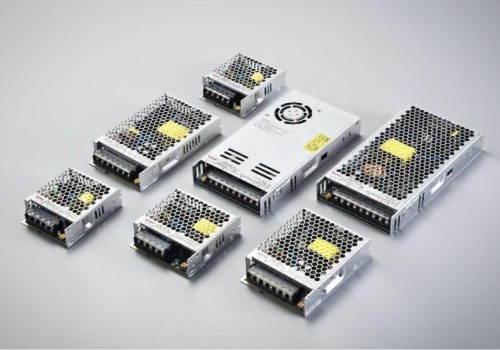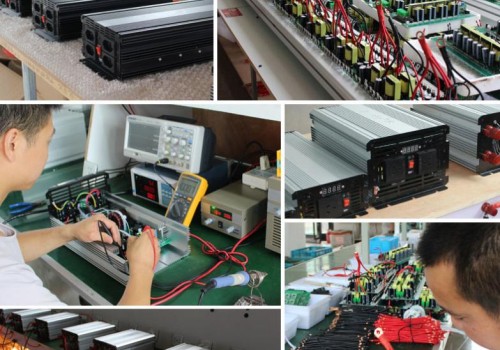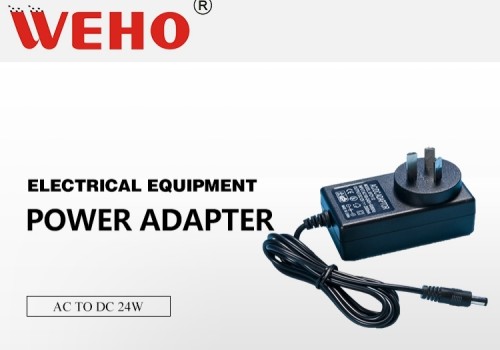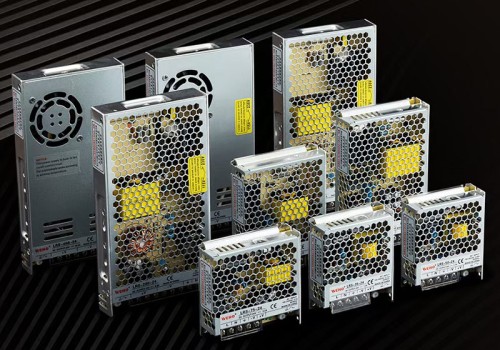In today’s modern world, electricity plays a vital role in powering numerous essential devices and systems. From homes to industries, electricity is utilized extensively.
However, electricity generated in power plants is typically transmitted at higher voltages, which is not suitable for direct use. This is where electrical transformers come into play, acting as an indispensable component in the electricity supply chain.
In this essay, we will explore the basics of electrical transformers, understanding their functions, types, and key applications.
Functions of Electrical Transformers
Components of Electric Transformers
A power transformer is a complex device with multiple key components that work together to efficiently transfer electrical energy from one circuit to another. Understanding these components is crucial for anyone working with or working with transformers.
Types of Electrical Transformers
There are many types of power transformers, each designed to meet specific applications and voltage requirements. From the perspective of use, it is divided into the following three types:
Applications of Electrical Transformers
Electrical transformers are indispensable in various sectors due to their ability to efficiently transfer electrical energy. Some key applications include:
Industrial Applications
Industries require transformers to match the voltage and current requirements of their equipment. Transformers are used in a wide range of industrial applications, such as in motors, control systems, and manufacturing processes.
Renewable Energy Integration
With the increasing focus on renewable energy sources, transformers are crucial in integrating the power generated from solar panels or wind turbines into the existing power grid. They step-up the voltage to match the transmission requirements and help maintain grid stability.
Conclusion
Power transformers are an integral part of the power supply chain. They have the important function of boosting or reducing voltage to ensure efficient and safe power transmission, distribution and utilization.
As electricity demand continues to grow, transformers will continue to play a key role in the global energy sector, contributing to the efficient transmission of electricity.
At WEHO, we’re proud of our diverse range of transformers, perfect for various applications. Contact us to explore your options and receive a custom quote. Our knowledgeable professionals are ready to recommend the ideal transformer for your needs.


